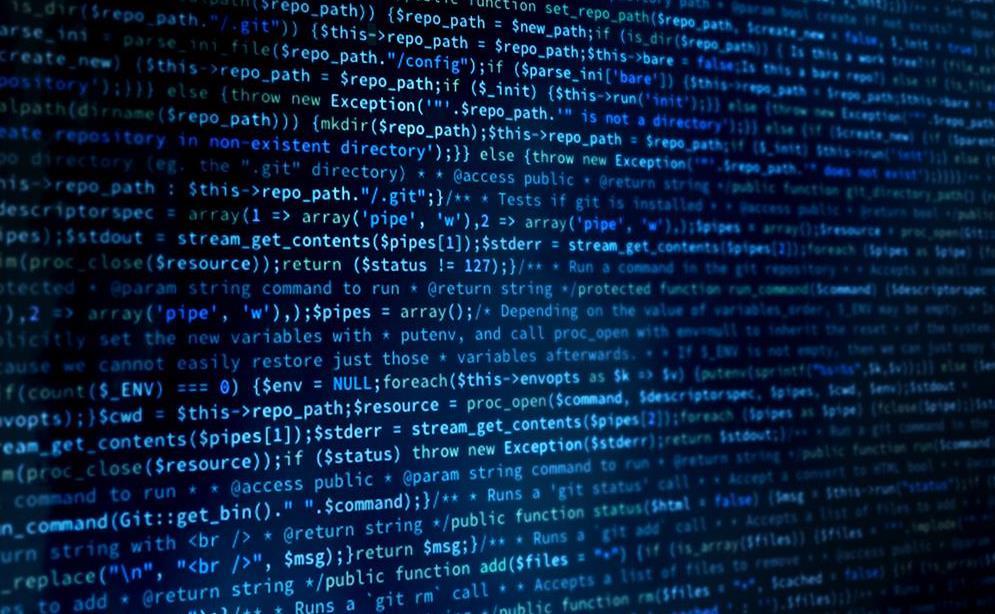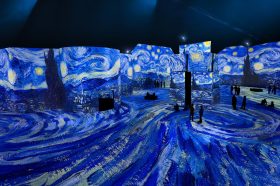COVID-19 rushed the world into digital and hybrid working faster than anyone could have imagined.
Conversations and processes that may previously have taken years (or never even got started) were implemented basically overnight. Organisations without work-from-home policies suddenly found themselves working entirely from home – and communicating entirely with others doing the same thing. Artists without an online presence had to entirely rethink their creative practices and find ways to make a living within the digital space.
As some of us began to return to our venues and offices, things changed again: with teams, artists and audiences split into a hybrid mix of onsite and online work and delivery models.
Unsurprisingly, this led to a lot of reverse-engineering, working-it-out-on-the-job, and many of us getting things wrong. However, it also led to new ways of working and making from which many don’t want to return.
Almost overnight, artists and organisations could reach more (and more significant) markets, audiences found more ways to engage than ever before, and those previously denied access to our programs and services were suddenly only a mouse-click away.
Read: On the precipice: theatre for the isolated audience
The panic and pivots of COVID-19 have depleted our sector and left all of us exhausted. For those returning to our venues and offices, it’s tempting to go back to our former work and delivery practices – which were, in many ways, were less flexible, less accessible, less diverse, less productive, and certainly less compatible with other areas of our lives.
As artists and organisations move towards a new-new-normal, we have an opportunity to draw from the best of this recent experience, improve the parts that caused us problems in the past, and re-imagine how we make art work onsite and online – in ways that are more flexible, accessible and better for everyone involved.
The many potential benefits of doing so include:
- More accessible and inclusive work and delivery options that work for more people.
- Opportunities to create better arts workplaces and even better art.
- Increased productivity, innovation and business outcomes.
- Increased regional, national and international reach (and access to more non-traditional markets and audiences in particular).
- Increased diversification of income streams.
- Increased viability and sustainability of arts careers and organisations.
- Increased ability of independent artists and smaller groups or organisations (or those based in smaller communities) to have a more significant impact.
- Ability to engage staff, Board members, artists and collaborators from a much broader field (including regionally and nationally).
- Decentralisation of arts jobs and activities away from metropolitan centres (and associated cultural, social, economic and tourism outcomes).
- Improved organisational culture, reputation and loyalty.
- Improved team satisfaction, work-life integration and even pro-rata pay rates (if we continue to compensate artists and teams for achieving the same outcomes more flexibility, during hours they set for themselves).
- Reduced overhead costs (if we shrink, share or sublet those areas that aren’t needed to deliver our work in different ways).
- Reduced ecological footprint (in line with reduced physical footprint above).
The changes we made to ensure our sector’s survival now have the potential to revolutionise arts engagement, employment and organisations moving forward, and to continue to redefine what art means, who it can reach, and how.
Is the age of onsite work and delivery over? Of course not, but it’s changed.
Is digital and hybrid work and delivery just something-we-have-to-put-up-with-until-the-world-goes-back-to-normal? We really can’t afford it to be.
Many of us didn’t get to choose how we got here, but we have a choice now in deciding what comes next – along with the opportunity to create better workplaces, better organisations, bigger audiences, and even better art than before.
This article was adapted from Our Hybrid Future, a free guide to making art work onsite and online launching late April 2021.





